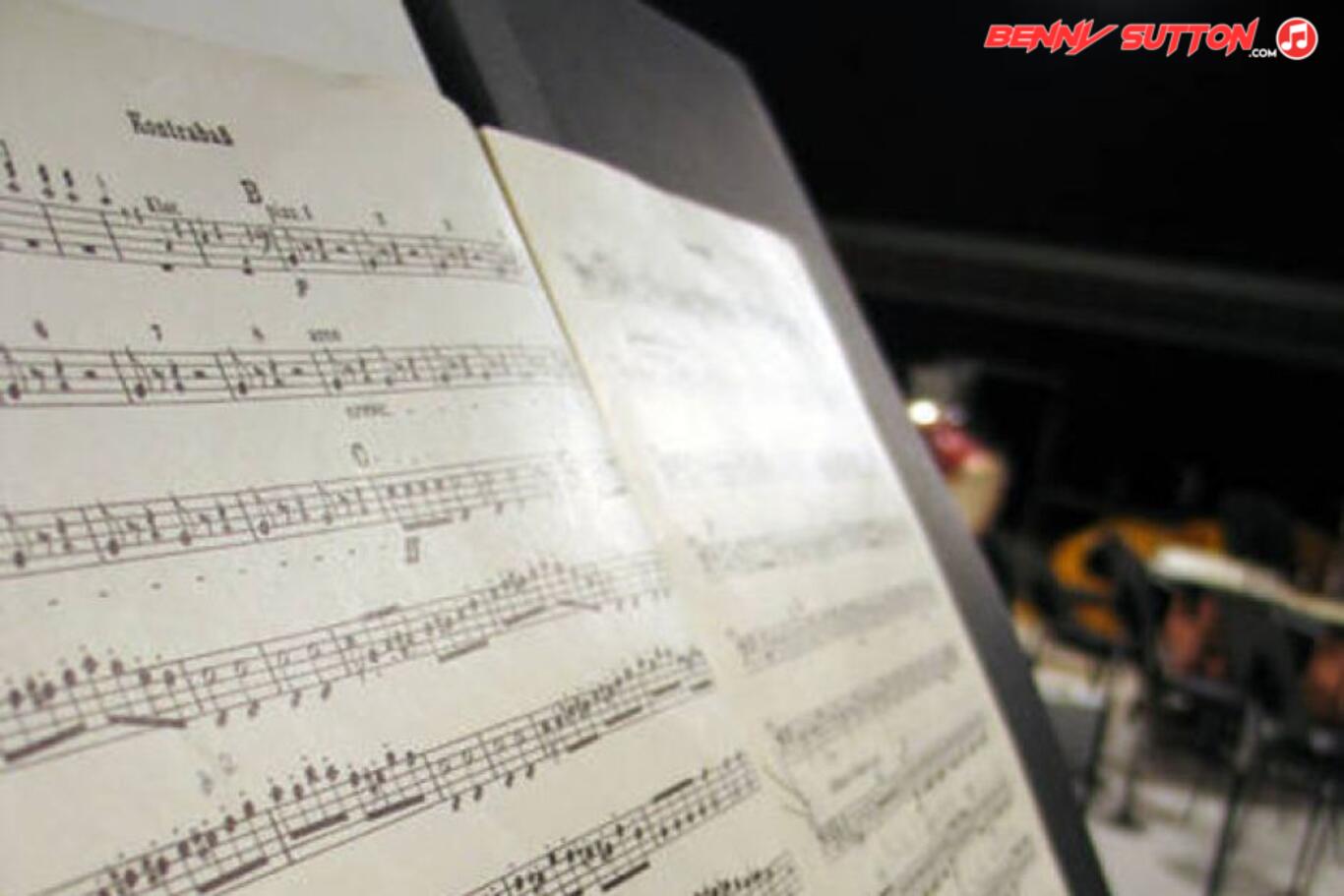Tone color or quality that distinguishes instruments/voices even at the same pitch and loudness.
Timbre (pronounced TAM-ber) is the quality or “color” of a sound—the reason a trumpet and a violin can play the same note at the same volume and still sound completely different. It’s what our ears use to identify instruments, voices, and even individual players.
Technically, timbre comes from the harmonic spectrum—the mix of fundamental frequency and overtones produced by a sound source. A clarinet emphasizes odd harmonics, giving it a hollow tone; a violin’s rich overtone series creates warmth; an electric guitar’s distortion adds upper harmonics for brightness and edge. The attack, sustain, and decay of each note also shape its timbre—sharp for percussion, smooth for strings or pads.
Musicians manipulate timbre as expressively as pitch or rhythm. Miles Davis changed trumpet timbre with mutes; Jimi Hendrix used fuzz and wah pedals; singers vary vowel shape and breath to color tone. Producers sculpt timbre through EQ, filters, and modulation, balancing frequency content to fit instruments together in a mix.
In orchestration, timbre is how composers paint—combining instruments for new blended colors (flute with violin, muted brass with pizzicato strings). In electronic music, timbre defines identity: synth patch design is essentially timbral composition.
Timbre gives emotion its texture. Bright timbres feel lively; dark ones, introspective. Control it well, and you don’t just play notes—you create character.
